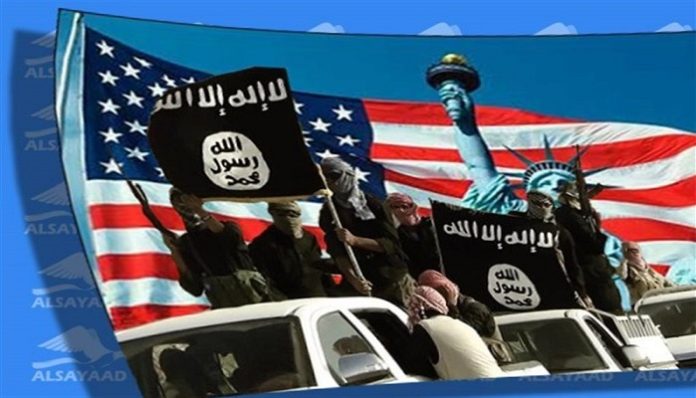The change in ISIL’s tactics in carrying out terrorist operations cannot be separated from the new US strategy to revive its failed projects in the region.
According to Pak Sahafat News Agency International Group, Despite the fact that more than 5 years have passed since the end of the alleged caliphate of ISIL, the elements of this takfiri terrorist group are still operating in the form of dormant cells in various regions, especially Iraq and Syria, and have used every opportunity to show off during these years.
ISIL’s ostentation after the US withdrawal from Afghanistan and Iraq
Coinciding with the beginning of 2021 and the developments that took place in the region, especially after the change of government of the United States, which was accompanied by a change in the outward policies of this country in the Middle East, the movements of ISIS elements increased significantly, and the elements of this takfiri group committed several crimes in Iraq and Syria, the most prominent of which was the bloody explosions in Baghdad in January 2021.
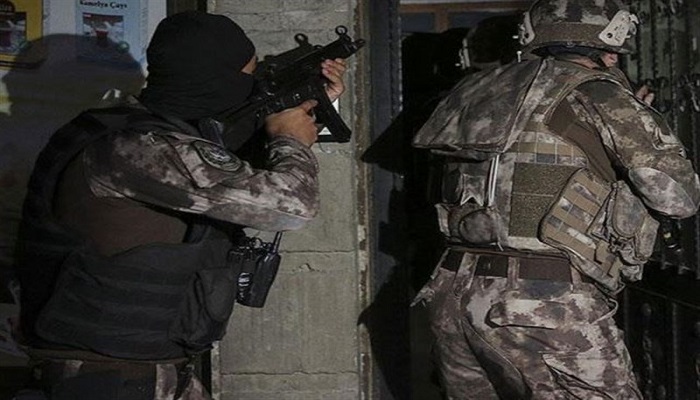
But in the past few months, ISIL movements in the region show that the terrorist group is trying to regroup to regain power. The ISIS attack on a prisoner in al-Hasakah, Syria, and the escape of members of the takfiri group from prison in January this year, and the brutal terrorist attacks on an Iraqi army barracks at the same time, brought ISIL back to the headlines in the Middle East.
But in addition to Iraq and Syria, the wave of ISIS terrorist operations in the country, and especially in the Shiite areas, is intensifying after the withdrawal of US troops from Afghanistan and the Taliban take control of it.
Recently, at least 26 students were martyred and 19 others were injured in three suicide bombings at two schools in the Shiite district of western Kabul. The shrouds of these oppressed children had not yet dried up when it was reported that in another suicide attack on the Khatam al-Anbia (PBUH) Mosque in Mazar-e-Sharif (Seh Dekan Mosque) in the provincial capital, dozens of Shiites were martyred during the fast.
At least 45 people were killed and 100 others were injured in the attack, which was claimed by the ISIS terrorist group. This mosque is the largest Shiite mosque in Mazar-e-Sharif, which is located in a crowded place.
After the explosion, it was the turn of the Sunnis of Afghanistan to become part of this religious sedition. On Friday, May 2, a terrorist attack on a Sunni mosque in the Imam Sahib District of Kunduz province in northern Afghanistan killed 60 worshipers and wounded 30 others.
No one has yet claimed responsibility for the blast. Also in the province, four people were killed and 18 others were injured when a van exploded near Kunduz airport in front of a Taliban checkpoint.
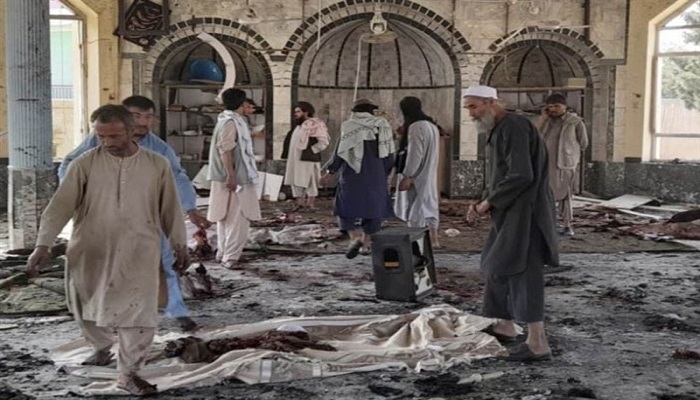
The secret of changing ISIL tactics
This situation has led many to warn of the danger of the return of ISIS, which seems to have changed its tactics over the years.
According to UN reports in February 2021, there are about 10,000 ISIS operatives operating in Syria and Iraq, as well as a number of ISIS operatives scattered in Africa, Afghanistan, Libya, Somalia and Southeast Asia.
According to sites close to the terrorist group, in 2021, ISIL carried out 2,748 armed operations, suicide bombings, etc. in all areas in which it operates, during which 8,147 people were killed. According to the statistics, there were 1127 operations in Iraq (2083 killed), 370 operations in Syria, 415 operations in Nigeria, 372 operations in Afghanistan and other operations in Pakistan, Egypt, Libya, Somalia, Philippines, Indonesia and other countries.
However, the threat of ISIS is felt in the West Asian region in general and in Iraq and Syria in particular. In particular, ISIL elements are gradually moving away from the strategy of individual operations and seeking to form cohesive nuclei to carry out their terrorist attacks. The nature of the takfiri group’s operations over the past year shows that ISIL terrorists are trying to consolidate their operations.
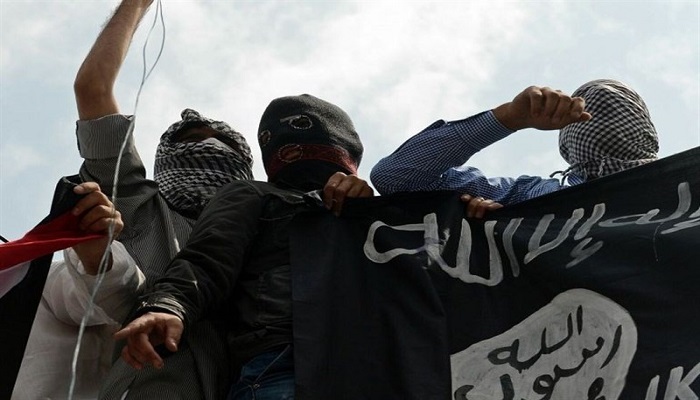
To this end, ISIS is primarily trying to keep the situation in their areas of tension and unrest, and the attacks that these elements carry out from time to time individually and in the form of suicide operations are in order to be able to reorganize their situation.
The Eurasia website recently reported that it is estimated that there are now more than 8,000 ISIS operatives in Iraq alone, half of whom are active and involved in the attacks, and another 4,000 in the form of dormant nuclei.
Read more:
Possibility of Pentagon manipulation in reporting ISIL attack on Kabul airport
One of the dangerous points is that these dormant nuclei live in the form of ordinary people in the Sunni areas and are planning to form a large group in coordination with the active terrorists of ISIL.
ISIL’s main focus is on the insecure areas of Iraq and beyond the control of the central government security forces and the popular mobilization forces; Like Diyala, a province that is the junction of the provinces of Sulaymaniyah, Wasit and Salah al-Din, and this makes Diyala an important logistical link in Kirkuk, Anbar and Mosul. Also, these areas have mountainous areas, rugged roads and a mixed Sunni-Shiite population, and lack a strong presence of security forces and counter-terrorism units.
Is the Iraqi atmosphere ready for the return of ISIS? What is the role of the United States?
At a time when Iraqis are now in a complex political impasse, and given the turbulent atmosphere created by the Iraqi Kurdistan Regional Government in the north of the country, there are concerns that the current situation in Iraq is similar to that in 2014 and the rise of ISIS. For this reason, and because the current situation is similar to the situation in 2014, the space has once again been provided for the reconstruction of that time and the beginning of ISIL’s activities.
But apart from the internal situation in Iraq, are there other external factors that pave the way for the return of ISIS? In particular, the movements of this terrorist group at the present stage are not limited to Iraq, and we see similar scenarios in Syria and Afghanistan.
The name of ISIS has always been with the United States since its public appearance in 2011 and its devastation in Syria. Although the United States has been deploying so-called international coalition forces in the region for the past decade under the pretext of fighting ISIS, there are many indications that Washington has been a builder and supporter of ISIS, and even Americans and US officials, including Donald Trump.
The common scenario that the United States is now implementing in the three countries of Syria, Iraq and Afghanistan is the withdrawal of its troops from these countries. After US troop’s completely evacuated Afghanistan, Washington has now announced that it is gradually withdrawing its troops from Iraq and Syria. But at the same time, US military convoys are moving from Iraq to Syria.
The shifts come at a time when Iraqi security forces are battling heavy fighting with ISIS but have no idea how much the US military is doing and who they are transporting in armored vehicles and personnel carriers.
Karim Alivi, a member of the Iraqi parliament’s Security and Defense Committee, made it clear that the United States, through ISIL, intends to pretend that the US military was the guarantor of Iraq’s security under the pretext of fighting terrorism, and that in their absence, ISIL movements will escalate.
“Security breaches in Iraq are being carried out under the direct supervision of the United States,” said Moayed al-Ali, a leading Iraqi security expert. Even information about the locations and movements of the popular mobilization forces is provided to ISIL by US drones.
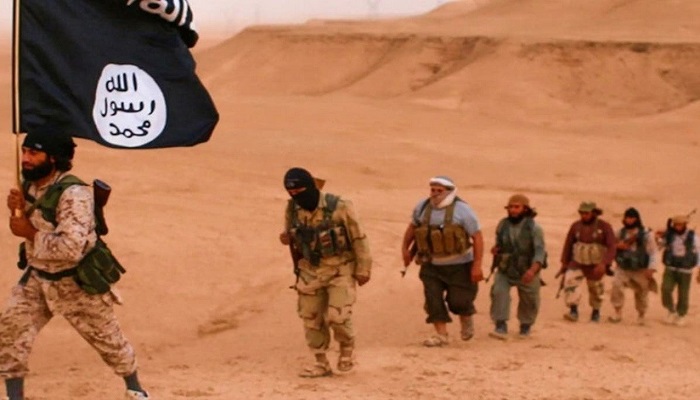
On the other hand, the most important gathering place and place of military training and organization of the active forces of ISIL is on the borders of Iraq and Syria and in the sphere of influence of the American military.
“US Chinook helicopters are flying over Iraq, flying between Syria and Iraq,” said Uday Abdul Hadi, one of the leaders of the Iraqi Conquest Coalition. Even without the slightest supervision over them.
He added: The movements of these helicopters raise big question marks, especially on the routes where ISIS cells are present. It is unlikely that these helicopters have a direct link to security breaches in Diyala and other provinces, especially as their suspicious movements have been observed in many areas.
New US scenario for reviving failed projects in the region
Moreover, in Syria, Russia’s foreign intelligence service recently warned in a report that the United States is planning to incite the dormant nuclei of armed groups in the cities of Latakia and Damascus, and is inciting these Washington-controlled groups to attack Iranian, Syrian, and Russian forces fighting Takfiri terrorist groups in Syria.
In fact, Washington is considering reorganizing ISIS into cohesive groups to carry out projects it pursued in Syria in 2011.
Accordingly, observers believe that ISIL’s new tactic of carrying out its attacks in different regions cannot be separated from the repetitive US scenario for proxy wars. It seems that the strategy of individual movements of ISIL elements is off the agenda of Washington due to its inefficiency in achieving the US goals in the current situation, and the next round of ISIL operations will probably be in the form of larger nuclei.


